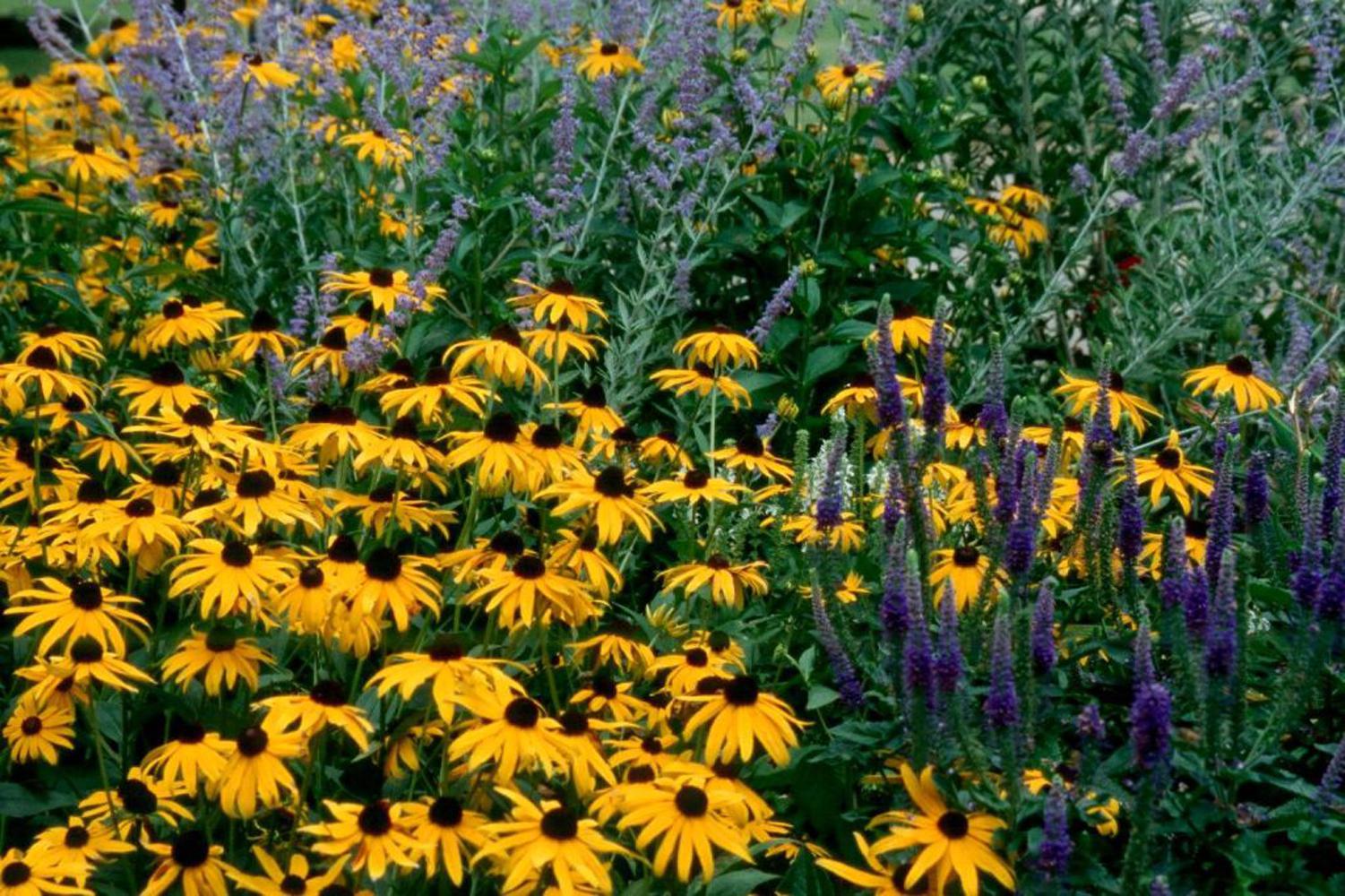Information Possibly Outdated
The information presented on this page was originally released on July 28, 2003. It may not be outdated, but please search our site for more current information. If you plan to quote or reference this information in a publication, please check with the Extension specialist or author before proceeding.
Tough Veronicas deserve a prominent garden spot
By Norman Winter
MSU Horticulturist
Central Mississippi Research & Extension Center
Occasionally I am guilty of pronouncing a plant a failure without giving it a second year or a better garden location. I preach otherwise, but it still happens. Probably you would admit to making this mistake, too.
One plant that has changed my mind completely over the past few years is the Veronica. I see these beautiful snapdragon relatives performing well not only in Mississippi but throughout the South. I realize this plant is a lot tougher than I had previously thought.
The Veronica is still a rare plant in the Southern garden. It is perennial from zones 4 through 8 and marginal in zone 9. Nurseries and garden centers are offering more selections. The impetus for this increase in popularity may have been the selection of Sunny Border Blue as the Perennial Plant of the Year in 1993.
Veronicas are showy in the garden with tall spikes of flowers in blue, pink, white and lilac shades. They reach about 2 feet in height. They are winter-tough and perform extremely well in the torrid South, blooming for months when deadheaded. Deadheading is one of the real essentials to stimulate growth and more blooms, and to keep the plant tidy.
Best blooming is in full sun, although the Veronica will tolerate some afternoon shade. Well-drained soil is critical, especially to encourage a return. Plant on raised beds or amend heavy soil with the addition of compost or humus. While preparing the soil, incorporate two pounds of a slow release 12-6-6-fertilizer per 100 square feet of bed space.
Space the plants 12 to 24 inches apart, depending on variety. Plant at the same depth they are growing in the container. Give supplemental water during long dry periods. Cut back hard to basal foliage after the Veronica has completed its bloom cycle in the fall. Add a layer of mulch for winter protection.
Divide every three to four years in the early spring when growth has resumed. Feed in the spring with a light application of fertilizer with the emergence of growth and every six to eight weeks through September.
The Veronica looks like the original cottage garden plant. Combine with white picket fences and antique roses. Plant boldly, as spot planting doesn't show off the true beauty of the plant. Use with companions like purple coneflower, Shasta daisies or with complementary Indian Summer or Goldsturm rudbeckia.
More and more choices are showing up at garden centers each spring such as the Veronica. spicata varieties Blue Bouquet and Blue Spires (lavender-blue), Lil Corinna (light blue) and V. spicata hybrid Sunny Border Blue (most heat tolerant, deep blue). These are all good choices. Try also the V. longiflora selections Blauriessen (dark blue), Rosalinde (lilac-pink) and Schneeriesen (white).
It would be surprising if garden centers had Veronicas left for sale this time of the year, so let this serve as a notice for next spring. It may be a while before selections other than Sunny Border Blue show up in your town, but it certainly won't hurt to ask.
Don't be a quick judge and jury like I was -- give Veronicas a try and you may also be dazzled by their beauty.



